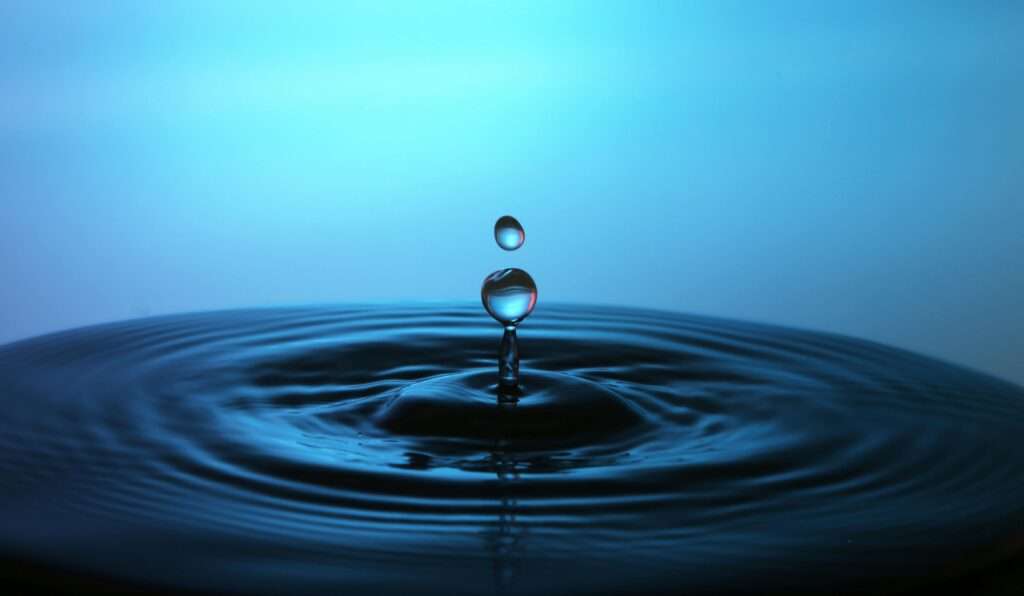
Table of Contents
Scientists have long been puzzled about how liquid droplets that appear so harmless erode hard surfaces. A number of studies have been carried out to enhance comprehension of the underlying principles, which appear in various natural and industrial setups. In a bid to clarify this mysterious process, recently a pioneering investigation was initiated by scholars at The University of Minnesota.
The work published in a renowned science journal by these researchers focused on the complicated interactions between soft liquid droplets and hard surfaces. These findings are also useful in other fields such as materials science and industrial engineering but are also insightful for some basic scientific ideas.
The physical properties of the liquid drop interacting with its surface have high relevance for this exploration. Thus, according to research from The University of Minnesota, chemical processes play an important role in soft droplet erosion compared to the traditional view that erosion is mainly attributed to mechanical abrasion.
The phenomenon of “chemical aging,” in which droplets gradually change chemically as they come into contact with the solid, is one of the major findings of the research These changes cause animals to behave differently, with materials including variables such as temperature, surface water pressure. These species are major contributors to surface erosion.
In addition, the researchers identified factors affecting soil stiffness on the slope. It was found that the width and slope of the soft water particles are strongly influenced by surface roughness, materials, and particulate matter This finding provides opportunities for surface optimization and reduce erosion in a real-world scenario.
Also Read: Snapchat’s new AR Try-on Experience
The study combined theoretical models with experimental methods to understand the complex dynamics of the game. Researchers have been able to identify subtle complexities in the interactions between droplets and the surface using high-resolution imaging and gain a quantitative understanding of the underlying mechanisms using computer simulations
The researchers also looked at several areas where their findings could be applied, For example, knowledge of weak degradation zones in materials science can help engineers design robust zones for machines and components and that these research-based concepts are applied a, can increase efficiency and save costs in industrial areas where sedimentation is a major concern
The University of Minnesota study has a practical value that goes beyond providing scientific interest. The study enhances our basic knowledge of interface phenomena and provides strategies that can be used to improve the durability of materials and structures through soft drop technology lying on the ground.
Slow motion video of Water Droplet impacting sandy surface
Conclusion
In summary, the research conducted by the University of Minnesota represents a groundbreaking advance in our understanding of the mechanism by which soft sediments degrade solid materials.
FAQs (Frequently Asked Questions)
What industries are most affected by liquid droplet erosion?
Liquid droplet erosion can impact a wide range of industries, including aerospace, automotive, marine, and electronics.
How can the findings of this study be applied in real-world scenarios?
The findings of this study can inform the development of more durable materials and coatings resistant to liquid droplet erosion, improving the longevity of products and structures.
Are there any environmental implications of liquid droplet erosion?
Liquid droplet erosion can contribute to material degradation and corrosion, which may have environmental consequences if not properly addressed.
What are some future research directions in the field of liquid droplet erosion?
Future research may focus on exploring additional factors influencing liquid droplet erosion, such as temperature, surface roughness, and droplet velocity.
How does liquid droplet erosion differ from other forms of material degradation?
Liquid droplet erosion differs from processes like corrosion and abrasion in that it involves the repeated impact of soft liquid droplets on a hard surface, leading to gradual erosion over time.



